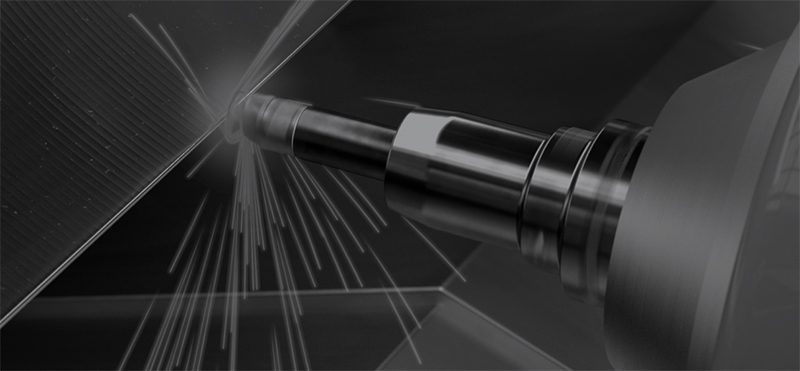In essence, drilling metal is no different than drilling wood. You set the drill bit in place, push the button and press the bit into the material you’re drilling. But there are two main differences. Your drill material must be a stronger structure, and you need to take additional precautions to prevent sparks and splashes. Metal flakes are sharper and cause more serious damage than sawdust and wood chips.
Most of the bits used in wood are also drilled into metal. But a spinning glass drill bit tends to wander across metal’s hard, smooth surface before it begins to dig in. You can give the bit an exact starting point using a center punch and a hammer. The punch creates a tiny dimple that keeps the bit in place. With a soft metal like aluminum, you can use a nail instead of a punch.
What type of drill bit do I need for metal?
High speed steel (HSS) bits will work for most kinds of metal, as will carbon steel bits coated with titanium nitride (TiN). For very hard metals, use a cobalt steel bit.
Titanium drill bits are high speed steel bit (HSS) with titanium oxide coating. They are very hard and corrosion resistant. They live much longer than normal HSS drills, and they can cut any metal, including metal plates. Titanium drill bits are harder than cobalt, but because they are coated, they can’t be sharpened. Cobalt drill bits are made of cobalt steel and can be sharpened. They are also very resistant to heat and are very hard and abrasive. They are especially suitable for drilling through stainless steel, cast iron and titanium.
How to drill into metal?
A little oil can help you drill faster and stay cool, so it will stay longer. There are special drilling oils, but you can use just about anything—transmission fluid, motor oil, kerosene, even cooking oil. On a slanted surface, keep the oil in place with a ring of plumber’s putty, glazing compound or even Play-Doh.
If you’re drilling holes larger than 1/4 in. through metal more than 1/16 in. thick, save time by boring smaller pilot holes first. The tips of many glass drill bits have a flat spot that doesn’t slice into metal nearly as well as the sharp outer “lips.” A small drill is used to drill a guide hole, which is about the same diameter as a larger point, so that it can be cut faster. Seal the bottom of the hole with duct tape to prevent oil loss.
Use firm, stable pressure and moderate speed (600 to 700 RPM) until you are almost finished. As the drill bit across the other side of the metal, the lips can grab the remaining edges. This causes the workpiece (or drill) to spin and might leave you with a broken glass drill bit or workpiece or even injuries. You can avoid all of this, and if you reduce the pressure, go full speed ahead of the break. To be on the safe side, be sure to clip the workpiece in the right place.
Drilling through steel is not an everyday home repair activity, and drill bits for metals are the most expensive. Regular drill bits can’t cut through steel, so you need a heavy-duty, hard drill bit to do the job.
When your drill bits are damaged by drilling metal, you can choose PURROS drill bit grinding machine. You don’t have to discard your drill bit, and after the grinding of the drill bit is the same as the new one, it can be reused, saving you a lot of cost.











